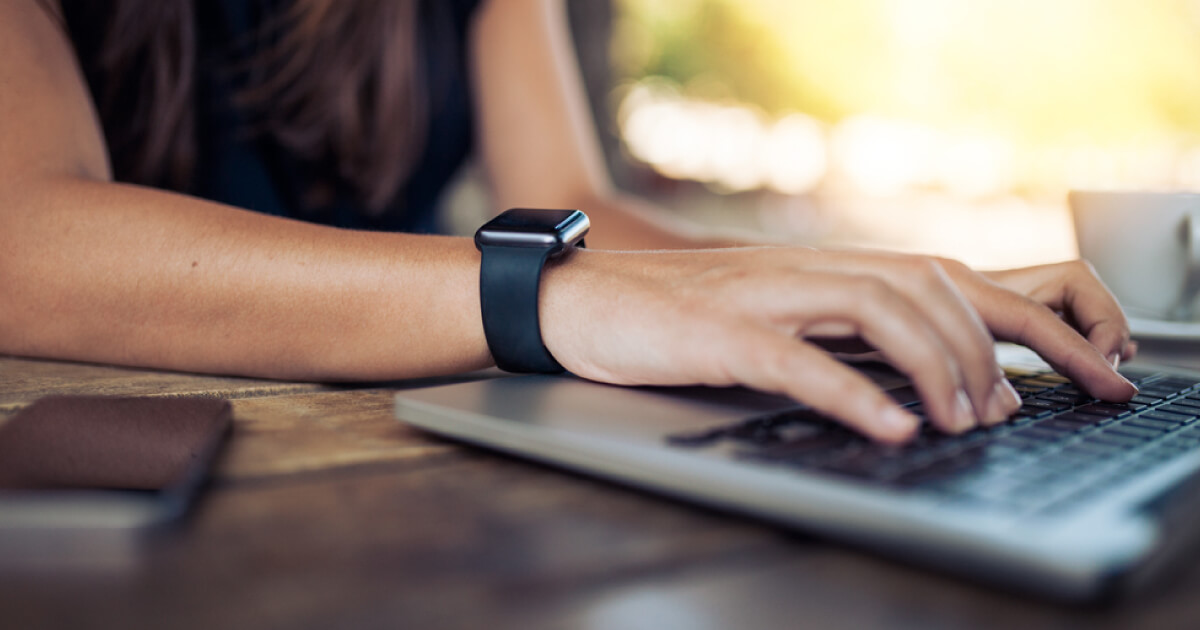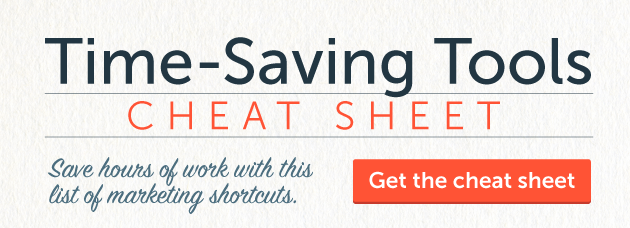Email. Love it or hate it, we all depend on it. And chances are, it takes up a large chunk of your day. In fact, experts say we spend anywhere from 14 percent to 28 percent (or more) of the average 40-hour workweek taming our inboxes. Email is important, but it shouldn’t take over your life or dictate your schedule. Here are five hacks to help improve your email productivity and make sure you’re working efficiently.
1: Don’t let notifications throw you off track.
When you see the little envelope on your desktop or phone, does it make you feel a bit like Pavlov’s dog? While Pavlov’s dog learned to salivate at the ringing of a bell, you may not be able to keep your hand from reaching over to open that message. You just can’t stop yourself.
The problem is you likely get those messages all day (and all night) long. Each time you check your email, it’s an interruption, and they can really add up. On average, it takes 90 seconds to read and then resume the task you were doing before you were interrupted. If you are responding to each notification you receive, that adds up to a lot of minutes over the course of your workday. And then you’re spending most of your time finding and resuming your place instead of tackling tasks.
Are you asking, “But what if I miss something important?” See No. 4.
2: Create a schedule for email.
Turn off your notifications and start checking your email once a day, twice a day or five times a day. With this method, you are regularly monitoring your inbox but responding on your own terms instead of being constantly interrupted.
Adjust your schedule as necessary depending on the kind of information you receive via email and how quickly you need to respond to it. Having a schedule and sticking to it helps you manage your email instead of your email managing you. [Tweet This]
3: Create a system.
Once you have a schedule, create a system to organize your email and help you process them quickly and efficiently. There are some emails you can simply delete, others you may wish to delegate, and another group that will require action or a response.
Some people start with a folder or color-coding system. You can save emails you need to reference later in the appropriate files. For instance, create a “needs response” folder and a “needs action” folder.
If you can handle an email quickly — say, in two minutes or less — use your allotted email time to respond to several of these messages at once. For emails that require more time or information to respond, schedule another work period to handle these tasks or more detailed responses.
Ideally, you are regularly purging both your inbox and your folders. Otherwise you’re simply moving emails around.
4: Automate (or delegate) when you can.
You have a few options here. If you regularly receive the same questions or face similar scenarios, you can create a cheat sheet so you can simply copy and paste your responses. For a more advanced version, create and use email templates if your mail client supports them.
Some entrepreneurs hire virtual assistants to help manage both inboxes and tasks.
You can also opt for a program like Mailstrom to automatically filter and prioritize incoming emails (based on preferences you set). Alternatively, you can set up an autoresponder that gives people a specific way to reach you if a situation is truly urgent.
5: Manage your energy in addition to your time.
In other words, don’t let email dominate your to-do list. You have priorities, deadlines and other important tasks. Unless an email is urgent and impacts your ability to meet a priority or deadline, save it for a time that you have intentionally chosen to deal with it.
If mornings are your most productive time, don’t start your day in your inbox. It’s easy to respond to a tsunami of emails and feel like you accomplished something. However, if it’s not moving you forward on your priorities, you’ve spent the bulk of your most productive time responding to emails that you could have answered at a later point. Take advantage of natural lulls in your energy to tackle routine correspondence that doesn’t require too much brain power.
And don’t let your energy be consumed by the constant stream of emails. Make sure you’re accomplishing what you need to every day and stop worrying about constantly maintaining “inbox zero.”
Wrap-Up
It’s easy to spend the bulk of your day “doing” email, only to have little progress on your priorities and to-do list. Use these hacks to manage your email instead of having your day dictated by your inbox.
- Turn off notifications: The constant pings or presence of the envelope distracts you, whether you realize it or not. You know email is always coming, so the notification serves no real purpose.
- Create a schedule: Instead of checking your email every five minutes, create a schedule. Check at designated times so your day isn’t ruled by your inbox.
- Create a system: Create a filing or color-coding system to keep track of messages that require time, research or additional work.
- Automate when you can: Use email templates to save time. For critical messages, use AwayFind or an autoresponder that lets people know how to reach you for critical issues.
- Manage your energy: Save your most productive hours for your most important tasks, not answering email. Take advantage of times when you’re naturally less energetic for routine correspondence.
5 Bonus Hacks for Gmail Only
The following tools are are specific to Gmail and can help you manage your tasks, productivity and time.
- Undo Send
If you commonly find a typo right after you hit send, this feature was designed for you. With Undo Send, you select the amount of time (up to 30 seconds currently) to delay your message. If you don’t select “undo” within the time limit, your message will go on its merry way. - Pause Inbox
If you find the number of messages piling up in your inbox distracting, this extension allows you to “pause” messages from cluttering your inbox until you’re ready to manage them. - Taskforce
This extension allows you to prioritize and share tasks with others, all while staying in Gmail. But more importantly, you can use Taskforce to convert emails into tasks, thereby removing the clutter in your inbox and putting it where it needs to go — on your to-do list. - Boomerang
Another extension, Boomerang lets you schedule emails to be sent later. If you don’t need a message right now but will need it later (directions or instructions for a meeting, for instance), Boomerang will take the message out of your inbox and return it when you need it. It also reminds you to follow up with people if they haven’t responded. - Email Game
Made by the makers of Boomerang, this extension transforms inbox management into a game. You get points for taking specific actions (which helps you develop better email habits), and the timer encourages you to make decisions about your email quickly.
Share Your Secrets
What tools and tricks help you manage your inbox flow and stay productive? We’d love to hear your strategy for keeping on task and staying distraction free. Please share in the comments below!



![Better Email Etiquette Equals Better Marketing Results [16 Rules]](https://www.outboundengine.com/wp-content/uploads/shutterstock_411184843-1-400x250.jpg)

